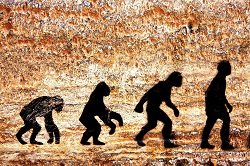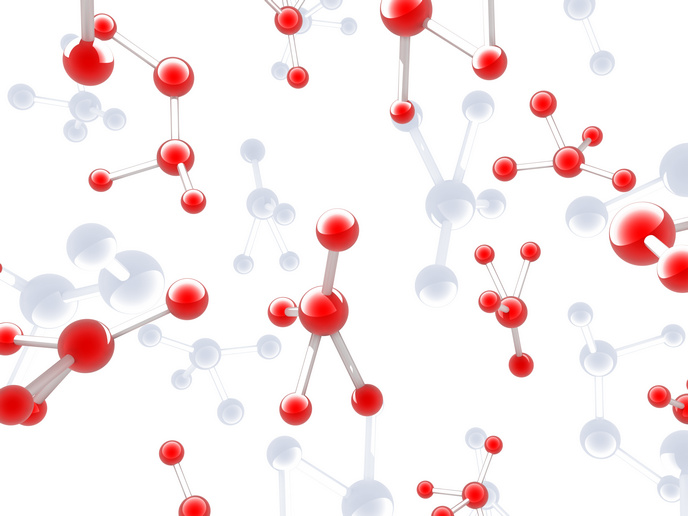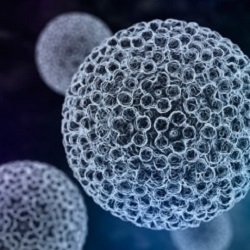Self-replicating molecules provide clues to how life may have begun
EU-funded scientists under the EUR 1.5 million five-year REPLI(opens in new window) project have been investigating how self-replicating molecules acquire aspects found in life forms. Such molecules could provide a simple model of the fundamental processes that occur in species formation. It could also mean that ecological diversity in biology may have roots at the molecular level. ‘We are able to observe behaviour in not-yet-living systems of self-replicating molecules that start to show strong similarities with what we see in biology,’ says project coordinator Sijbren Otto, Professor of Systems Chemistry at the University of Groningen, adding ‘one of the fundamental questions our research addresses, at least in part, is how life emerged.’ The REPLI team found that a set of replicator molecules - which they originally discovered by chance - can mutate spontaneously. ‘The simplest form of self-replicator is a single molecule which makes exact copies of itself. With evolution you need copies that are somewhat different in structure from the original and are therefore mutations and we were able to achieve this in the lab,’ Professor Otto says. ‘We observed this in real time at a molecular level — once one set of mutants was formed, a second set branched off from the first a little later which can be compared with how new species would emerge in biology.’ The team found that the two distinct sets of molecules compete for two different building blocks or subcomponents that make up the molecules, which could be similar to the way that animals compete for food. Environmental impact on molecular structure Another discovery was that the replicator’s environment determines its molecular structure. ‘You could draw a parallel with biological adaptation,’ says Prof Otto. ‘In biological evolution, organisms adapt to environmental changes and we see something similar at the very rudimentary level with replicator molecules.’ The team was able to investigate extinction-related theories using flow system experiments — flowing in the building blocks from which the replicators construct themselves, whilst at the same time flowing out the same volume per unit of time so the overall volume stays constant. ‘If the replicators in the sample can make more of themselves faster than they are flowed out of the system they’ll be sustained. But if they can’t, they wither away and become extinct,’ Professor Otto observes, adding ‘the harsh reality is that evolution only works if there is life and death.’ Towards rudimentary life forms Most of the laboratory work was with peptide molecules containing up to 40 amino acids. ‘But the principles could extend to other classes of molecules. The only real requirement is the molecules have to be able to stick to one another to assemble into larger structures,’ says Professor Otto. The ERC has provided a follow-up five-year EUR 2.5 million grant from September 2017 to continue this research under the Steps Towards the Novo Life project. ‘An ultimate aim would be to push self-replicating molecules towards rudimentary life,’ Professor Otto says. ‘Life had billions of years of evolution to get to the level of sophistication and complexity we have now. Whatever we are going to produce in the lab in our lifetime is not going to be able to rival that. But it will hopefully capture the essence, the bare minimum of what life boils down to or what it started from.’






